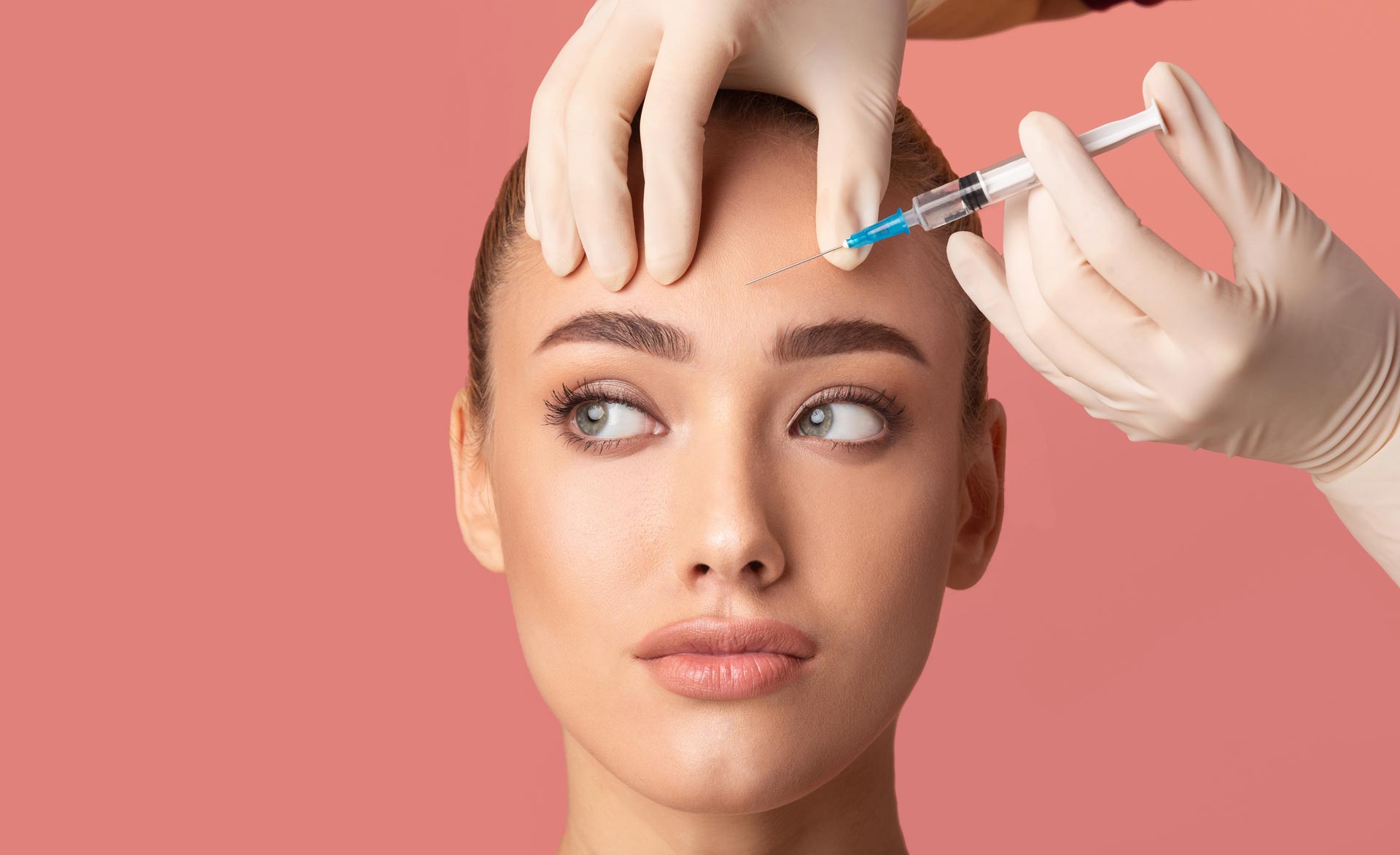
Understanding the Difference Between Botox Vs Xeomin & Which Should You Choose
Botox and Xeomin are both popular cosmetic treatments used to reduce wrinkles and fine lines, but they have some differences in their formulations and applications. Before deciding on which filler to get, be sure to consult with your doctor to see which option will work best for you to achieve your desired outcome. Understanding the key differences between the types of fillers is the first step in finding the perfect filler solution for you.
What is Botox (Botulinum Toxin)
Botox, short for botulinum toxin, is derived from a bacterium and works by temporarily relaxing specific muscles in the treated area. By doing so, it reduces the appearance of wrinkles caused by repetitive facial movements, such as frown lines, crow's feet, and forehead creases. Botox injections are a widely trusted method for achieving a smoother, more youthful appearance and are often used as a preventative measure against future lines.
What is Xeomin?
Xeomin is also a neurotoxin similar to Botox, but it's a purified form of botulinum toxin type A, and does not have the additional proteins that Botox uses. This purity may reduce the likelihood of developing resistance to the treatment over time since the body may not recognize it as a foreign substance. Xeomin functions similarly to Botox, targeting and relaxing muscles to soften wrinkles and lines.
Difference Between Botox and Xeomin
The main distinction between Botox and Xeomin lies in their formulations and the presence of additives. While both treatments effectively diminish wrinkles, some patients may prefer Xeomin due to its pure form, potentially reducing the risk of developing antibodies that could diminish its effectiveness over multiple treatments. However, both Botox and Xeomin are safe and widely used by qualified practitioners to achieve smoother, rejuvenated skin. Consulting with a skilled physician can help determine which option aligns best with individual preferences and desired outcomes.
A physician may recommend one over the other based on your medical history or tolerance to certain ingredients. For instance, if you have previously reacted to additives present in Botox, Xeomin could be a safer alternative.
The Different Uses of Botox and Xeomin
Ultimately, the choice between Botox and Xeomin is often nuanced and requires consultation with a qualified physician to determine the best option for you. They will assess your individual needs, preferences, and medical history to recommend the most suitable option for achieving desired cosmetic or medical outcomes.
Botox
While often associated with anti-aging cosmetic treatment, Botox has a range of medical uses related to muscle and nerve signaling regulation in various conditions affecting the head, eyes, face, neck, arms, hands, bladder, and sweat glands.
Medical Uses:
- Chronic Migraine Treatment - Botox injections are approved to prevent headaches in adults with chronic migraines (15 or more headache days per month). The Botox paralyzes muscles to block the pain signals.
- Muscle Spasms - Botox can treat involuntary muscle spasms and contractions in conditions like cervical dystonia (severe neck spasms), eye muscle disorders, cerebral palsy, and elbow, wrist, and finger spasms.
- Excessive Sweating - Botox injections can temporarily prevent excessive sweating (hyperhidrosis) in areas like the armpits, palms, and feet.
- Overactive Bladder - Botox injections into the bladder muscle can help treat urinary incontinence related to conditions like multiple sclerosis or spinal cord injury.
Cosmetic Uses:
- Wrinkle Reduction - The most common cosmetic use is reducing the appearance of facial wrinkles and skin folds, especially frown lines between eyebrows, crow's feet by eyes, and forehead creases.
- Skin Lifting - Botox relaxes muscles to smooth skin, which can slightly lift drooping eyelids, brows, cheeks, or corners of the mouth. Effects last 3-6 months.
- Neck Bands - Horizontal neck bands can be minimized with Botox relaxng the platysma muscles.
Xeomin
Xeomin injections are a great alternative to Botox for people who may have reactions to the ingredients in other types of filler. Xeomin contains only the active ingredient, so it is less likely to cause a reaction in some people.
Medical Uses:
- Treatment of cervical dystonia and temporary improvement of abnormal head position and neck pain associated with cervical dystonia (involuntary muscle contractions in the neck).
- Management of chronic sialorrhea (excessive drooling). Xeomin can be injected into the salivary glands to reduce excessive saliva production.
- Upper limb spasticity - Xeomin can be used to reduce upper extremity spasms, often associated with strokes, multiple sclerosis, or spinal cord injuries.
- Blepharospasm - Xeomin has FDA approval to treat uncontrolled blinking or eyelid spasms known as blepharospasm.
- Temporary reduction in migraine headache days in adults. Xeomin was recently FDA-approved for the prevention of chronic migraine headaches.
Cosmetic Uses:
- Wrinkle Reduction - The most common cosmetic use is reducing the appearance of facial wrinkles and skin folds, especially frown lines between eyebrows, crow's feet by eyes, and forehead creases.
- Skin Lifting - Xeomin relaxes muscles to smooth skin, which can slightly lift drooping eyelids, brows, cheeks, or corners of the mouth. Effects last around 3 months.
Cost of Botox vs Xeomin
Though Botox and Xeomin are both purified botulinum toxin type A used for minimizing facial wrinkles, muscle spasms, and migraine headaches, Botox generally has a higher price point per unit injected. This is primarily due to its brand recognition and longer presence in the market. Some clinics might price them similarly, while others could offer slight variations in cost based on their agreements with manufacturers or perceived differences in effectiveness or longevity. However, the cost disparity between Botox and Xeomin might not be substantial, and patients often make their choice based on factors beyond price, such as their individual preferences or practitioner recommendations. Consulting with a qualified provider can help understand the pricing structure and make an informed decision based on individual needs and expectations.
Ageless Beauty Awaits: Schedule Xeomin or Botox in New Jersey Today
After reviewing the differences between Botox, Xeomin, and other leading dermal fillers, your next step is to schedule a personalized consultation at one of our New Jersey medical spas. With multiple conveniently located practices across the state and a team of highly skilled physician assistants and aesthetic injectors, we have the expertise to help determine which wrinkle reducer or volumizer is right for your unique facial rejuvenation goals. Our talented providers stay up-to-date on the latest approved treatments to shape, contour, and enhance your natural beauty. Call 732-359-2079 and our friendly staff will assist with booking your consultation for botox and filler in NJ at the best location near you.
Related Posts
There are no related posts


